Do you have bed bug bites? Do you notice droppings on your sheets, mattress and around your bed? Even if you can’t visually detect the presence of live insects, molts or corpses, an anti-bed bug disinsectisation protocol needs to be put in place quickly. Remember that the infestation cycle is progressive, andtreatment should be carried out as soon as possible. Here are the various stages of the protocol to be followed before, during and after.
Bed bug infestation: establishing the correct diagnosis
Before implementing a disinsectisation protocol, it is essential to confirm the presence of bed bugs in your home.
Early detection allows for quick action and prevents the massive spread of these pests.
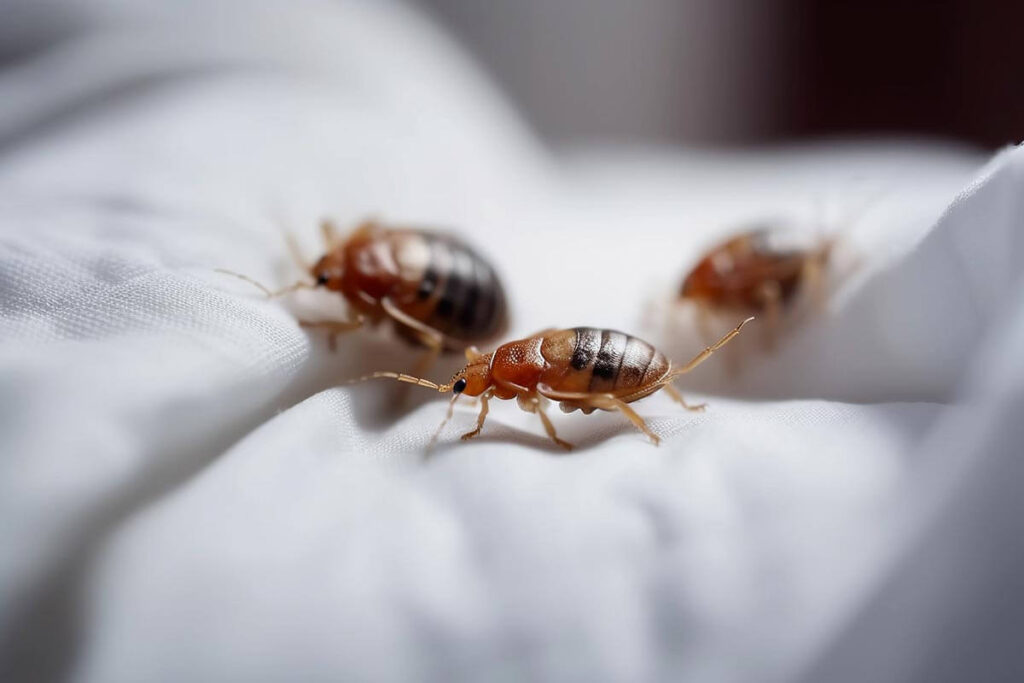
Risk situations
First of all, you need to understand how bed bugs could have got into your home. These parasitic insects do not come spontaneously, they travel exclusively thanks to humans and their personal belongings.
Here are the most common situations where an infestation starts:
- Recent trip
Bed bugs are increasingly present in hotels, holiday rentals (Airbnb), hostels or even certain forms of transport (plane, train, bus). They easily cling to suitcases, bags, clothes or personal belongings. When you return, they quickly colonise your bedding or furniture.
- Buying second-hand equipment or furniture
Le Bon Coin, Vinted, Emmaüs, etc., second-hand is very trendy, but beware, the risk of bedbugs is real. Buying a second-hand mattress, box spring, sofa, or even piece of furniture is also a common cause of infestation.
Bedbugs love to hide in the seams of mattresses, cracks in furniture or textiles.
- Visiting friends
A person who is unknowingly infested can carry bedbugs in their belongings (bag, coat, clothes). The bugs can then fall and hide in your sofa, your room or your curtains while they wait to find a host.
Signs of the presence of bed bugs
Bites
One of the first indicators of a bed bug infestation is the appearance of bites on the skin. They usually appear as small red pimples, grouped in lines or clusters on the exposed areas of the body during sleep, such as the arms, legs, back or neck. These pimples can cause intense itching, but they are not always painful.
It is important to distinguish bed bug bites from those caused by other insects, such as mosquitoes or fleas. Bed bugs feed at night, which explains why the bites often appear when you wake up. Another characteristic is that they form a straight line, which is due to the way in which the bugs move over the skin in search of blood vessels.
Be aware that the appearance of the bites can vary from one person to another, as some people have no visible reaction (which does not necessarily mean that there are no bed bugs).
➡️ Also read: How to relieve bed bug bites?
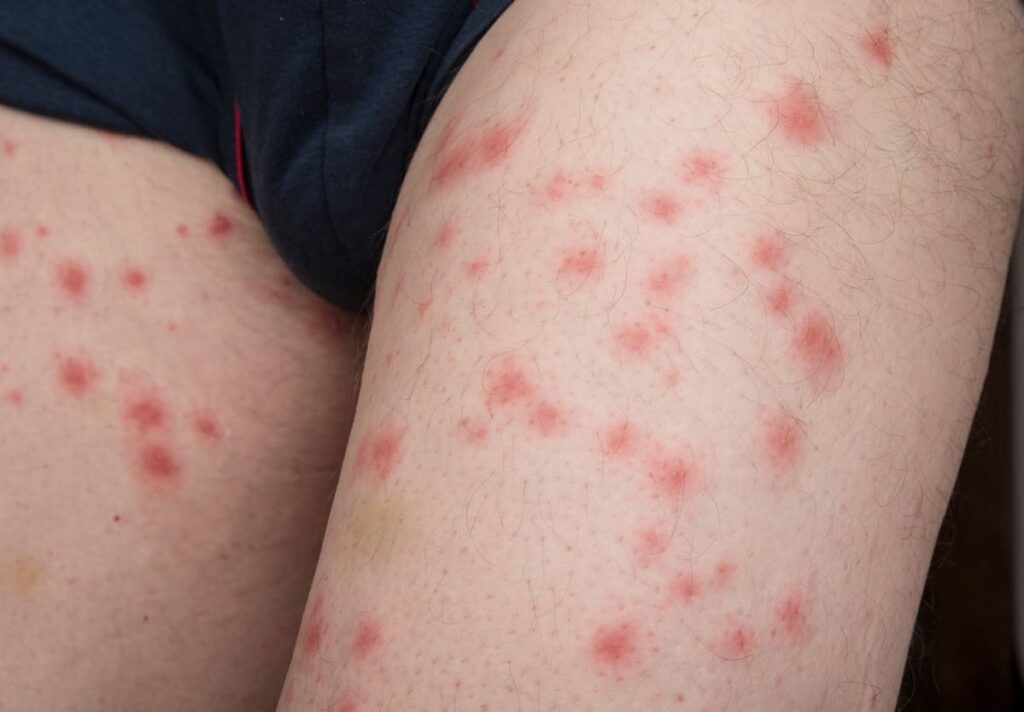
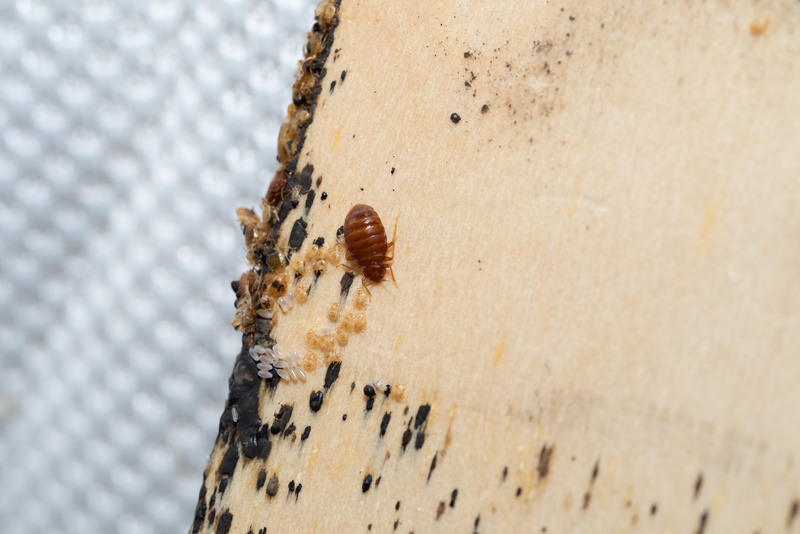
Traces in your home
There are several visible signs that can confirm the presence of bed bugs.
Here’s what to look out for carefully:
- Traces of blood
When a bed bug gorges itself on blood, it can happen that it is accidentally crushed in your sleep, leaving a characteristic stain.
So look for small red or brownish spots on your sheets, pillowcases or pyjamas.
- Droppings
Bed bug droppings look like tiny black dots, sometimes slightly raised, like traces of ballpoint pen ink. These droppings also contain digested blood and clearly mark the passage of these insects.
- The eggs
Bed bug eggs are very small (about 1 mm), white to translucent in colour, and very sticky. They are often grouped together and hidden in dark, protected corners.
➡️ To find out more: Everything you need to know about bed bug larvae.
Where to look for bed bugs
Nests of bed bugs are mainly found on wood/paper and textiles. They are found in bedrooms, living rooms and corridors. They are much less likely to be found in kitchens, bathrooms and toilets. However, in the event of a serious infestation, bed bugs can be found anywhere (even in the nests of bats, swallows or pigeons on balconies!).
Opposite are the usual hiding places of bed bugs:
- behind frames and pictures;
- under wallpaper and behind curtains;
- in furniture and drawers;
- behind skirting boards and electrical sockets;
- in cracks and crevices in floors and carpets;
- in bedsteads, mattresses and bedding.
During a bed bug treatment, the bedrooms, living room and passageways should therefore be treated first.
➡️ Good to know: Canine detection is an effective method for finding bed bugs.
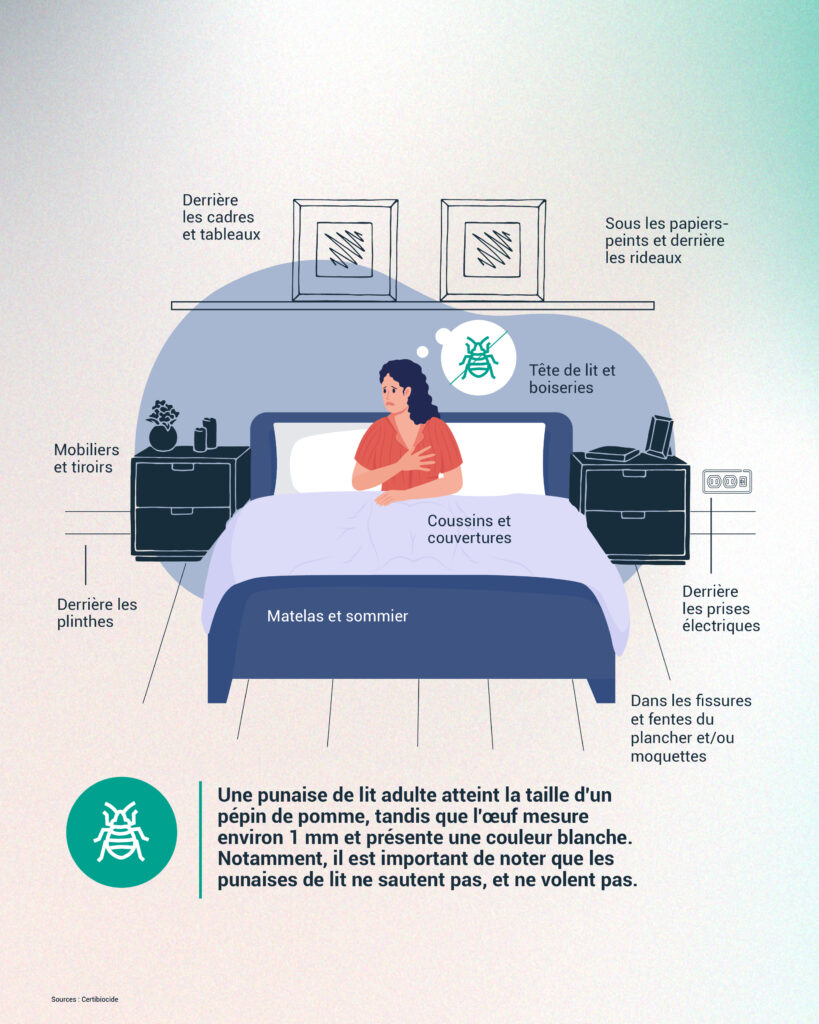
Methods of detecting bed bugs
| Detection method | Benefits | Disadvantages | Ideal for |
| Visual inspection | Fast and free. Allows you to spot visible traces (excrement, eggs, insects). | Requires good lighting and great meticulousness. Can miss a weak or well-hidden infestation. | First check to be carried out by the user. |
| Instructors and traps | They catch bed bugs using sticky surfaces or bait (CO2, pheromones). | Not very effective on very localised infestations. Not a substitute for a full treatment. | Not very effective on highly localised infestations. Not a substitute for a full treatment. |
| Canine detection (sniffer dogs) | Highly reliable method (over 95% success rate). Allows for detection of live bedbugs even in the smallest corners. Very useful for large spaces (e.g. cinema). | Paid service provided by certified experts. | Accurate detection in case of doubt or before/after professional treatment. |
Estimating the level of infestation
Here are the main levels of infestation defined by bed bug control experts:
Infestation level
Level 1 – Slight infestation Bedbugs are only found where people sleep: on mattresses, bed bases and headboards. Very localised infestation, often recent.
Level 2 – Moderate infestation Satellite colonies present: the bugs have moved to nearby furniture, skirting boards, cracks, pictures or electrical sockets. Active infestation for several weeks.
Level 3 – Advanced infestation Bed bugs present in several rooms of the dwelling (at least 2 bedrooms). The infestation is widespread in the dwelling.
Level 4 – External infestation Bed bugs present in the immediate vicinity (adjoining properties). Very high risk of recontamination.
Level 5 – Infested building Bed bugs present in several apartments in the same building. Collective infestation established.
Level 6 – Neighbourhood infestation Rare but possible cases: spread to several buildings in the same neighbourhood (e.g. social housing, hostels, hotels). Critical situation requiring the intervention of the health authorities.
Remember
👉 The more advanced the infestation, the more professional and coordinated the treatments must be.
👉 Never underestimate a bed bug problem, even at an early stage.
👉 Properly estimating the level of infestation makes it possible to adapt the control protocol and avoid recurrence.
Anti-bed bug protocol prior to chemical treatment
The success of a treatment depends on 30% of the work carried out by chemical/thermal/mechanical treatments, and 70% of the work carried out by an upstream protocol !
This is the protocol that every professional should recommend to his or her customers.
It ensures that all infested areas are properly treated, and prevents bed bugs from spreading to other parts of your home.
Instructions to follow
- Be sure to carry out the protocol described below 3 times, 10/15 days apart.
- Do not clean your home for at least 2 days after treatment, as this may remove the active ingredients.
- Continue to sleep in your bedroom for the duration of the treatment, to encourage bed bugs to come out of hiding and be exposed to the residual product (effective for a few days).
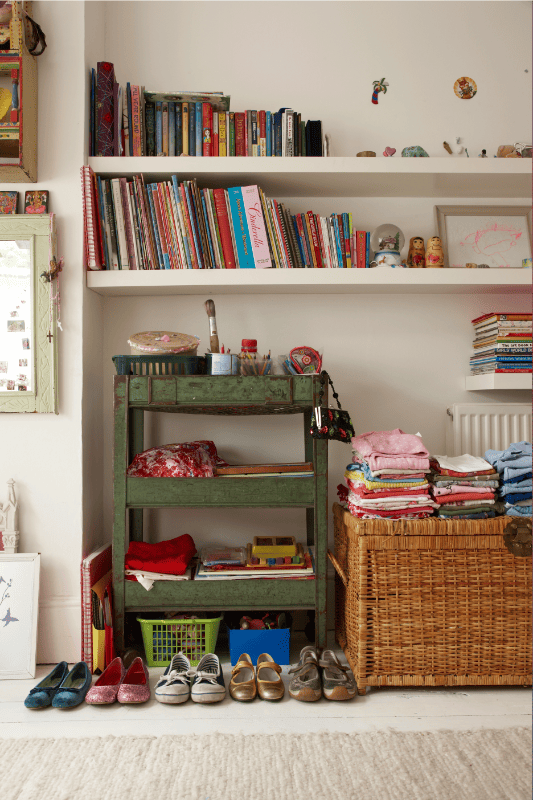
Room preparation
- Clear spaces around beds, furniture and walls to allow full access to areas likely to harbor bed bugs.
- Light furniture, such as chairs or small tables, should be moved to the center of the room to facilitate product application.
- Remove personal objects, books and knick-knacks from surfaces and store them in plastic bags or airtight boxes to avoid contamination.
- Place fragile textiles and books in a freezer at -18°C for a minimum of 72 hours;
- Keep treated textiles and objects in airtight boxes for the duration of the treatment (keep only the bare minimum) and place them in healthy rooms (bathroom / WC / kitchen);
- Carry out a thorough vacuum cleaning to remove the worst of the dirt (discard and wash the vacuum trays afterwards). Active ingredients work best on clean surfaces.
- Remove frames and pictures;
- Fill all cracks and gaps in floors and walls;
- Remove baseboards and electrical covers;
- Remove fabric from beds, sofas and armchairs;
- Dismantle bed legs, box springs and slats, and place beds (box spring + mattress) in cathedral position;
- Seal potential air intakes (e.g. mosquito nets over air vents);
- Remove loose wallpaper or torn carpets if necessary;
- Empty all furniture and place contents in airtight boxes after washing or freezing;
- Lower housing temperatures as much as possible, as bed bugs reproduce more rapidly in overheated conditions.
Treat linen and clothing
Bed linen, clothing and other textiles that have been in contact with bed bugs must be treated before treatment begins. Wash all textiles at high temperature (at least 60°C) to kill bed bugs and their eggs.
After washing, tumble dry at high temperature for at least 30 minutes.
Items that cannot be washed should be placed in airtight plastic bags and exposed to the sun’s heat for several hours, or frozen for several days to eliminate the insects.

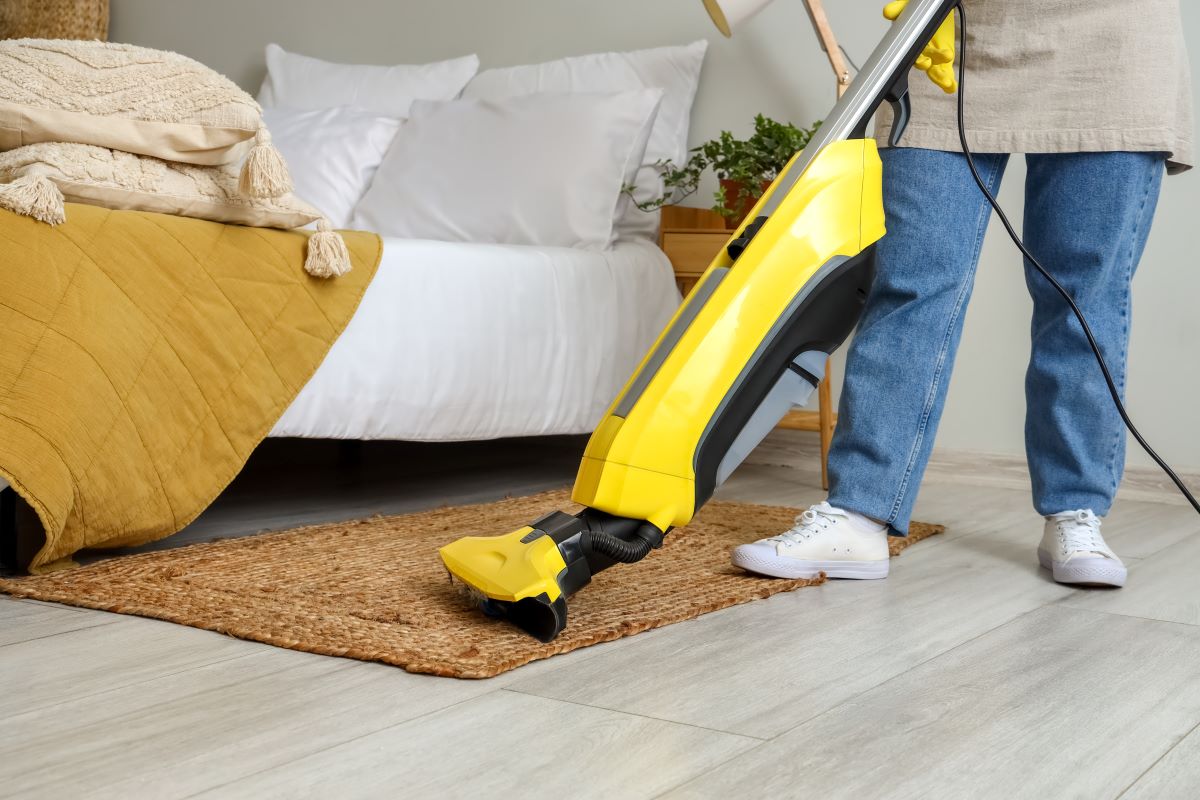
Vacuum cleaning
Before applying treatments, vacuum all mattresses, box springs, upholstered furniture and along baseboards.
Be sure to also vacuum cracks, crevices and other potential hiding places.
Once you’ve finished cleaning, dispose of the vacuum bag immediately, or empty the contents into an airtight plastic bag and dispose of it outside the house to prevent re-infestation.
Heat cleaning
Heat is one of the most effective ways of killing bed bugs. In addition to high-temperature washing, you can use a steam cleaner to treat hard-to-reach areas, such as mattress seams, cracks in furniture and nooks and crannies in rooms.
Steam must be applied slowly to ensure that the heat penetrates sufficiently to kill bed bugs and their eggs. This heat treatment is particularly useful for objects that cannot be washed or frozen.
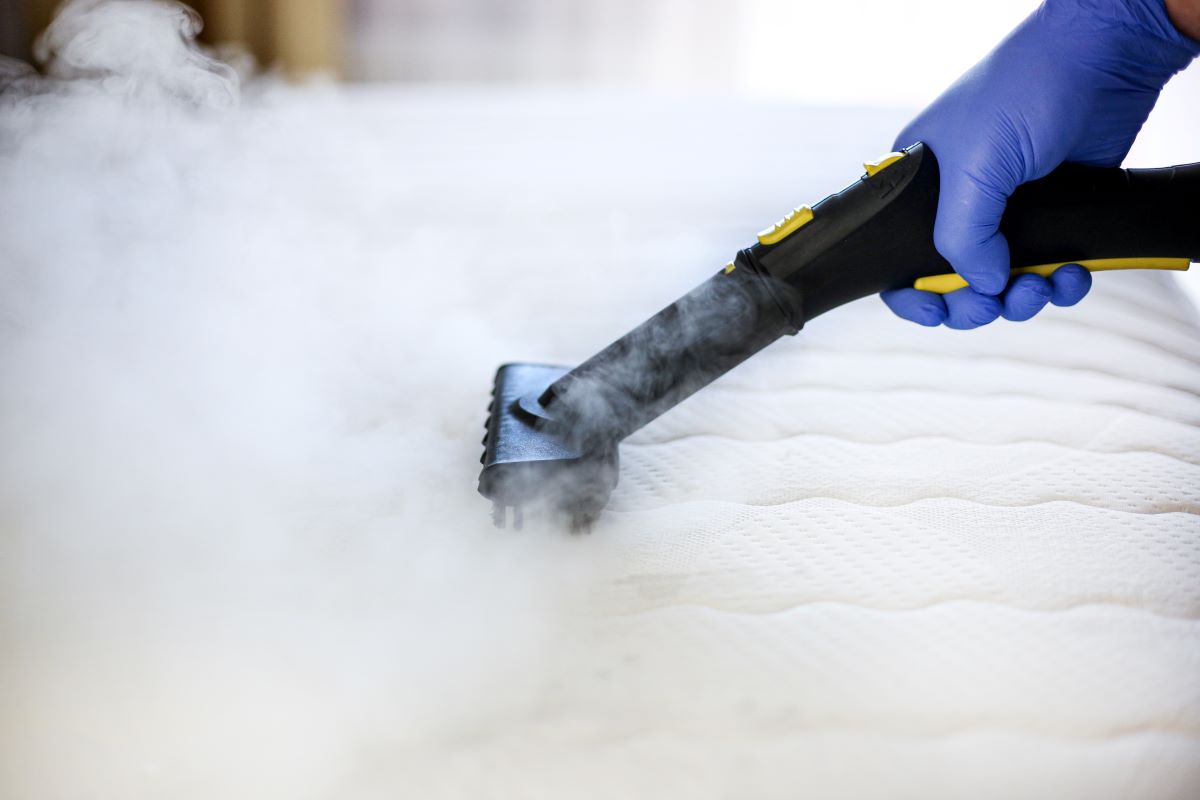
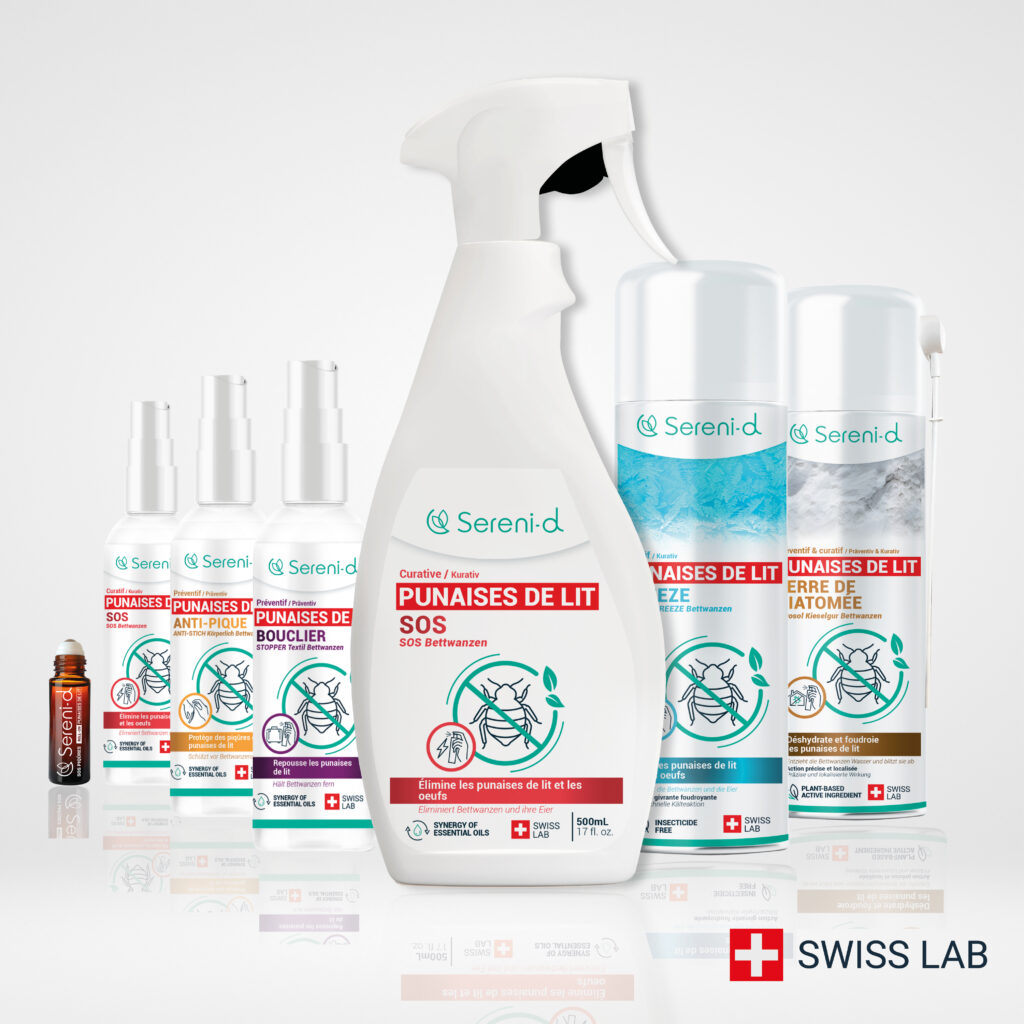
Use specialized products
We recommend our Sereni-d range of products to all our customers, enabling the individual to achieve professional results.
For effective elimination of bed bugs, it is necessary to combine our following solutions:
- Spray with SOS Bedbugs spray, which eliminates 100% of bed bugs (eggs, larvae, adults) for a shock treatment.
- Spray with diatomaceous earth, a natural solution that dries out the insects, which then die within a few hours for a residual effect of 3 weeks
- Use Cryo Freeze treatment, a 100% natural bed bug freezing solution for sensitive areas such as children’s bedrooms or cots.
Chemical treatment against bed bugs

Thanks to Sereni-d, individuals have everything they need to deal with bed bugs. But if the infestation persists and you’re feeling overwhelmed, we recommend you call in a service provider who has obtained Certibiocide accreditation (certifying that technicians are properly trained to handle powerful insecticides). This professional will be able to guide you through the process, and in particular to ensure that you follow the correct protocol depending on the configuration of your home.
Good to know: to avoid fraudulent intervention, here’s a map of approved professionals.
Please note: the company must undertake to intervene at least 2 times, approximately 15 days apart.
A second pass allows the insecticide to act on young bedbugs once the eggs have hatched.
Don’t hesitate to ask for quotes from several companies, as prices and services vary widely.
The protocol after bed bug treatment
AAfter bed bug treatment, it’s essential to implement a rigorous post-treatment protocol to ensure that the infestation is completely eradicated and to prevent any re-infestation.
Here are the steps to follow after treatment:
- Inspect infested areas regularly, especially mattresses, box springs, furniture and dark corners of the room.
- Avoid cleaning treated floors and areas during the period recommended by the professional.
- Vacuum regularly and empty the bag immediately into an airtight bag.
- Ventilate your home every day.
- Seal all high-risk areas: cracks, fissures, holes, skirting boards, etc., with putty or plaster.
- Continue to sleep in your bedroom, and don’t move from one room to another.
- Leave your clothes and belongings in bags for at least a month. Take out only what you need.
- Finish cleaning by sprinkling diatomaceous earth in sensitive areas.
For more information, see the ARS anti-bed bugs protocol.
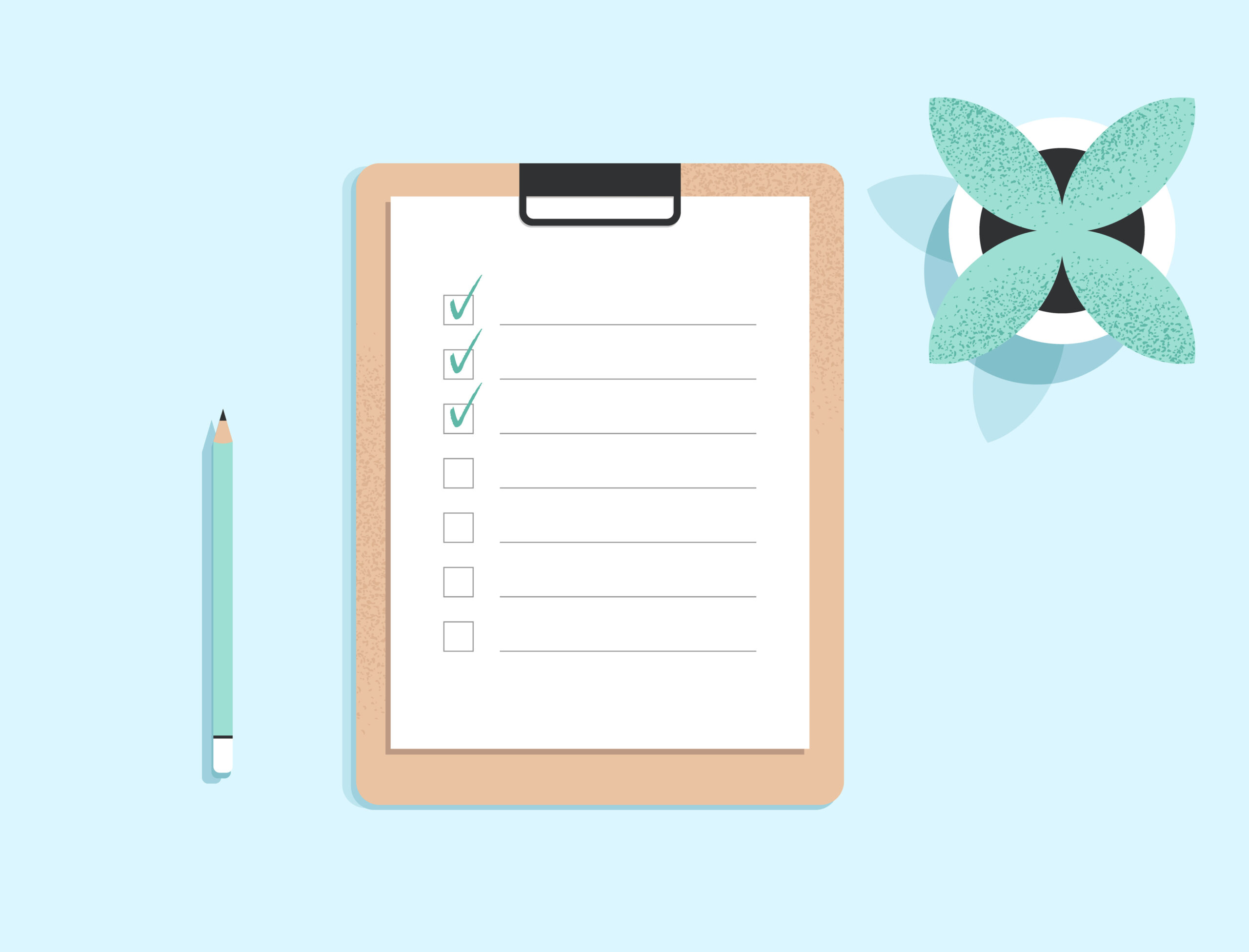
Evaluate the success of the treatments carried out
Here are the main indicators that show that the treatment has worked:
✅ Total disappearance of bites for at least 3 to 4 weeks.
✅ Absence of new traces of blood or droppings on sheets and mattresses.
✅ No more live insects observed in the treated areas.
✅ No visible exuviae (moulted skins) or eggs.
✅ No sweet or mouldy odour characteristic of a significant infestation.
Prevention: the right steps to take against bed bugs
Once the bed bugs have been eliminated, the objective is simple: to prevent them from coming back. Adopting good daily habits helps limit the risk of new infestation.

What to do if in doubt
If you think you have seen bed bugs or a suspicious insect, here is what to do:
- Catch the insect without crushing it (or very gently).
- Tape it to a piece of stiff paper or card.
- Slide it into an envelope.
- Send it to an expert for identification (e.g. INELP or a pest control company).
- This allows you to quickly confirm whether it is indeed bed bugs.
How to avoid bringing them home with you?
During a trip or a hotel stay:
- Place your suitcase high up and away from the bed.
- Never put your clothes on the beds or armchairs.
- Wash and dry your clothes at 60°C as soon as you return.
- Take your luggage to the steam cleaner or put it in the freezer (-20°C for 72 hours).
When buying second-hand (furniture, clothes, mattresses):
- Carefully inspect all furniture, especially cracks and seams.
- Clean textiles at a high temperature (washing machine and tumble dryer).
- Treat furniture with a steam cleaner before installing it.
In case of visitors or guests:
- Be vigilant if your guests come from a potentially infested place.
- Watch your bedding in the following days.
- Set up surveillance traps (small bowls under the bed legs).
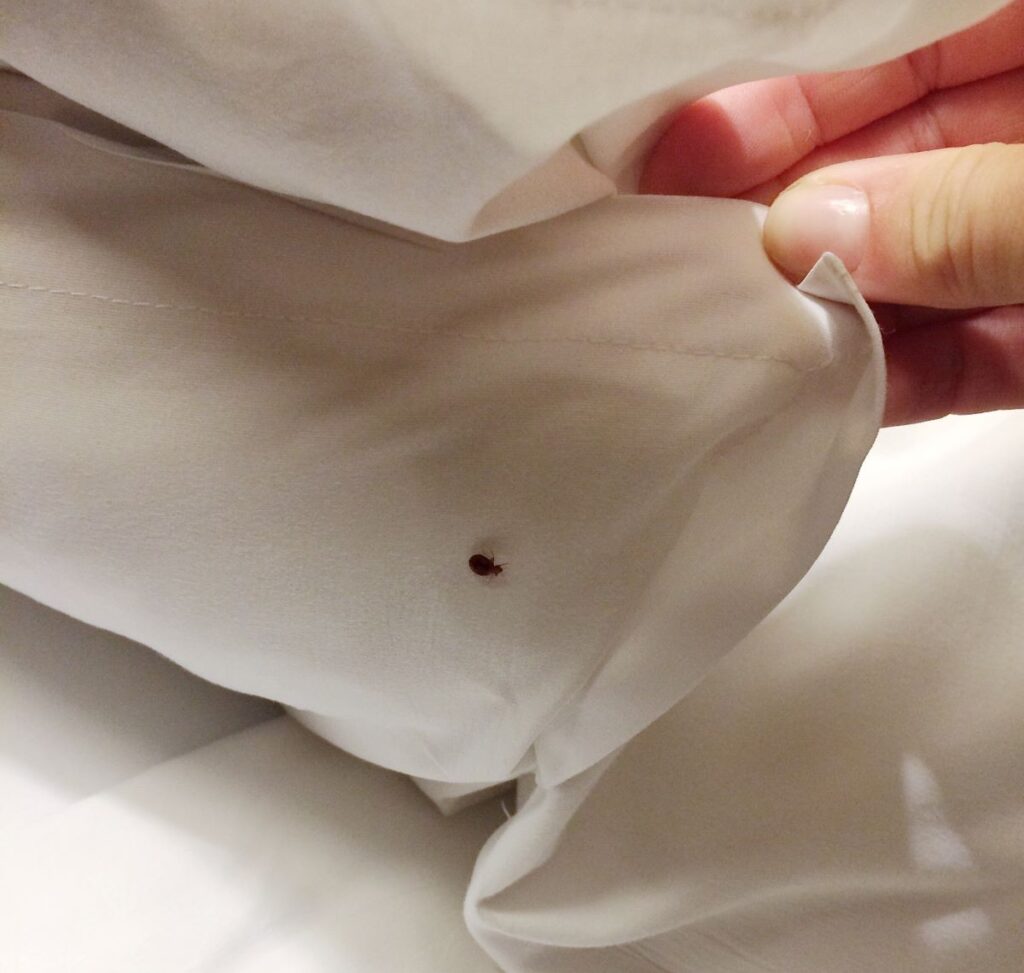
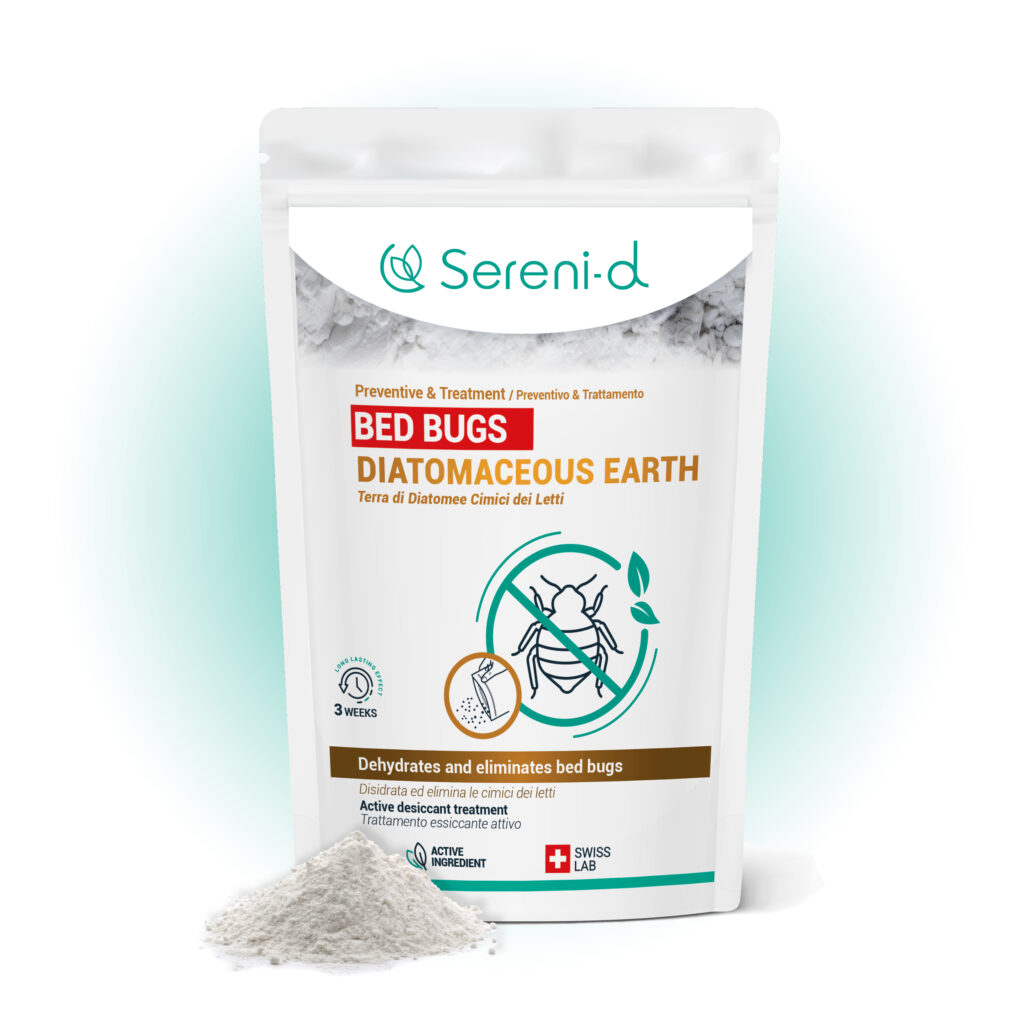
Preventive measures for everyday use
- Use bed bugs with mattress covers and pillows.
- Place diatomaceous earth in hard-to-reach corners (baseboards, cracks, behind furniture).
- Vacuum bedrooms regularly and empty the vacuum cleaner into an airtight bag.
- Seal cracks in walls and furniture.
- Be particularly vigilant in collective housing or old buildings.
- Use a repellent when travelling against bed
Frequently asked questions
Under French labor law, an employee can exercise the right to withdraw from work if he or she feels that there is a serious and imminent danger to his or her health. Is this the case for bed bugs? Unfortunately, the legal framework is not clear on this issue. Decisions are made on a case-by-case basis. In the event of a dispute with the employer, a judge will have to rule.
By law, the maintenance and cleaning of a dwelling is the responsibility of the tenant. If bed bugs appear during the lease, it’s up to the tenant to take care of the necessary treatments.
The lessor, for his part, must, before signing the lease, make available “decent accommodation that does not reveal any obvious risks that could affect physical safety or health, free from any infestation of harmful species and parasites ”- Law n°2018-1021 of November 23, 2018.
It is also required to take action to eradicate bed bugs in communal areas.

